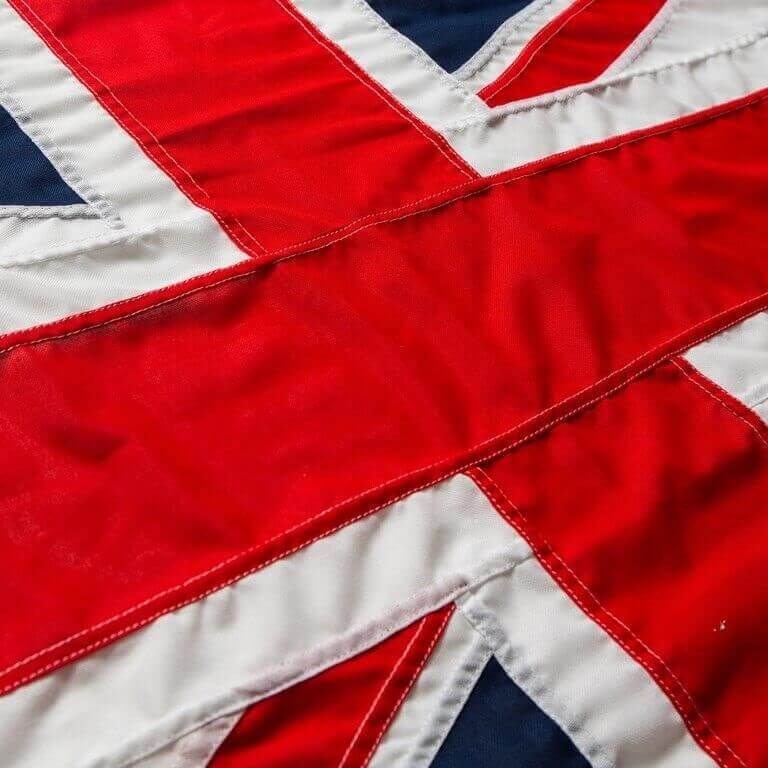All of our printed Finland flags are produced by a process called Dye Sublimation. The system drenches each fibre of the fabric, resulting in a flag with wonderful precise colour, and vitally the design appears perfectly on each side. This is known as ‘printed through to reverse’ and is an important consideration when choosing your flag as both sides will be seen when flying.
Trivia
Technical Specifications
| Adopted |
|
|
|---|---|---|
| Proportion | 11:19 | |
| Design |
|
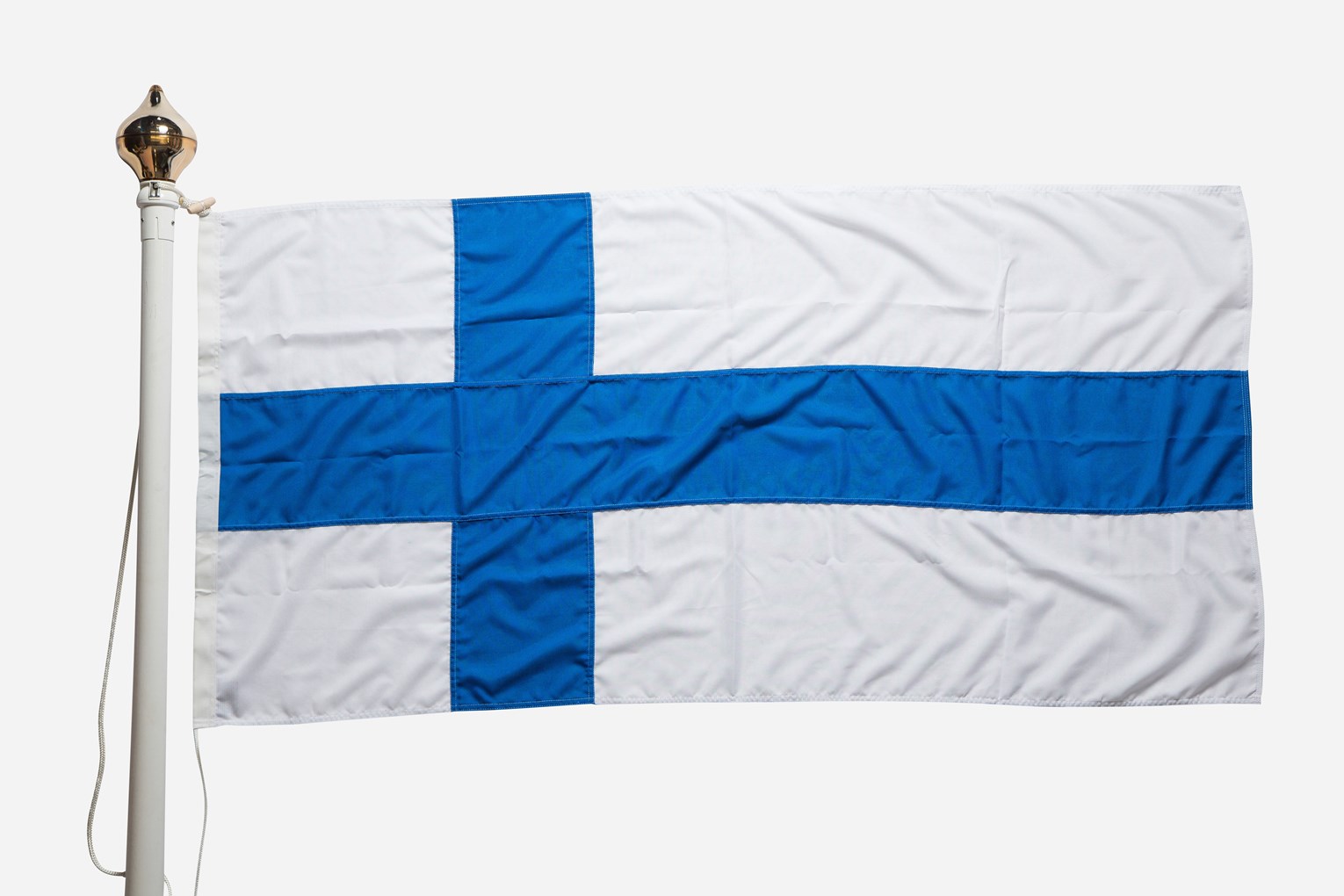
Brief History
Through its early medieval history and until the early 19th Century, Finland was controlled by Sweden, as a Grand Duchy for most of this time. In 1397, a personal union brought all the Scandinavian nations into one empire, the Kalmar Union. With Copenhagen as its capital, the union effectively lasted for a few decades, before descending into rebellion and warfare in the 15th Century. Following the dissolution of the Kalmar Union, the yellow-and-blue flag of the Swedish realm would have been flown across Finland.
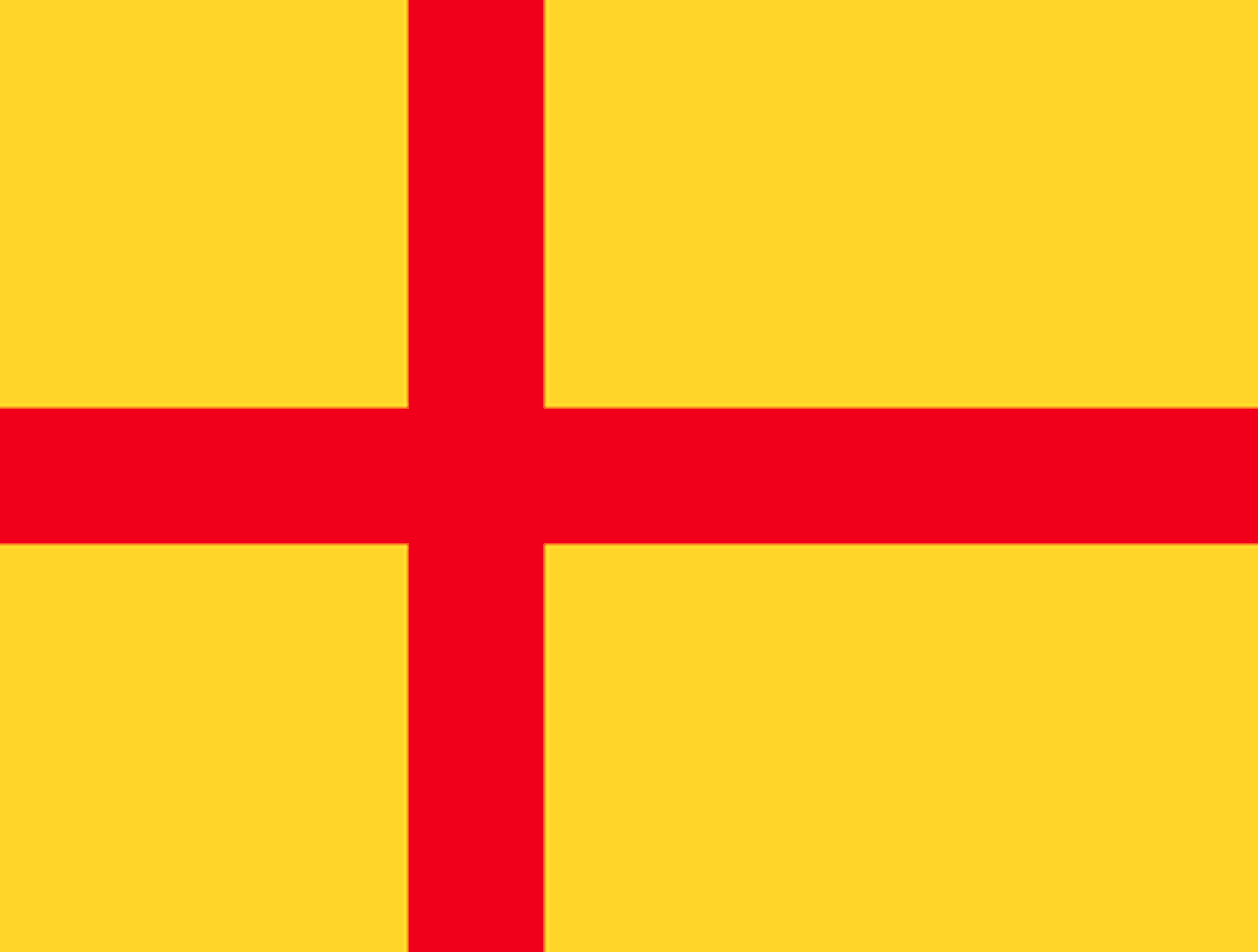
The Flag of the Kalmar Union
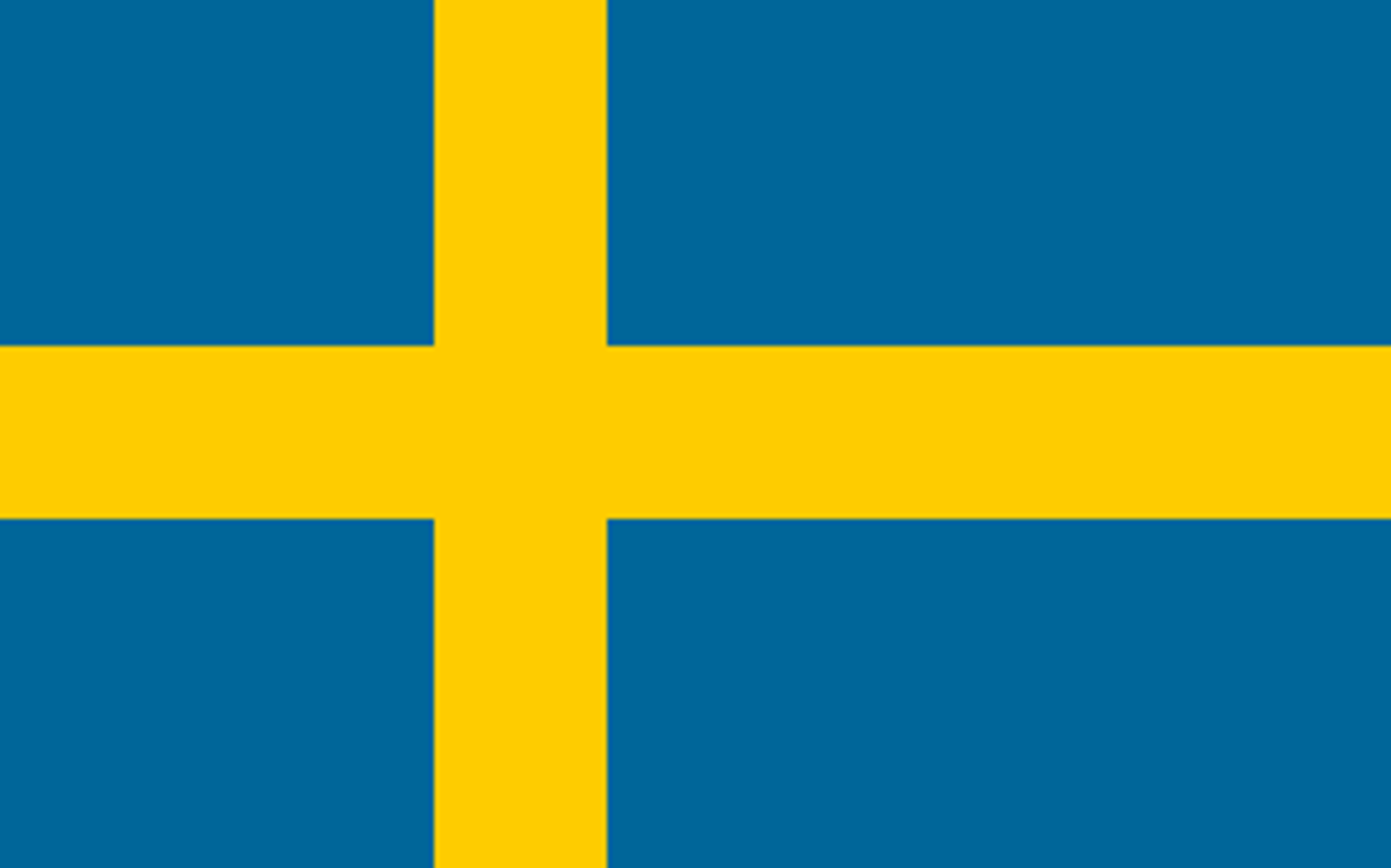
The 16th Century Swedish Flag
As the natural borderland between Russia and Sweden, Finland became their battleground in the 18th Century. The terms of peace were strongly in favour of Russia, which acquired authority over Finland in a personal union in the year 1809.
The Grand Duchy of Finland under Russian rule possessed a certain degree of autonomy, and its coat of arms was displayed as a device on Russian flags within Finnish borders. In the midst of an encroaching policy of Russification, the Finnish people used the original, untampered coat of arms as a symbol of independence. Notice that in the original Finnish arms, a curved sabre is trampled underfoot, whereas in the Russian-based arms, the sabre is held instead.
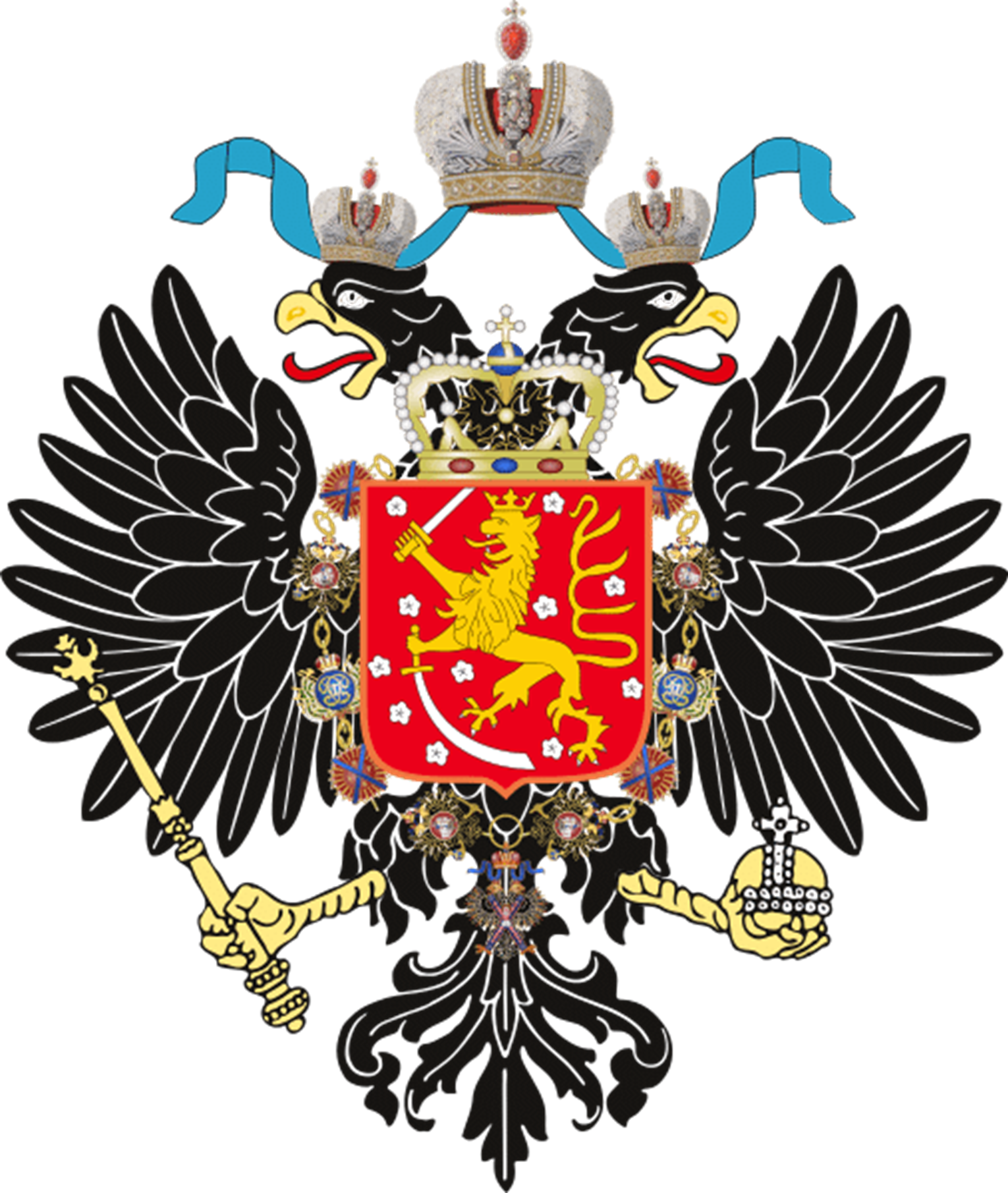
The Finnish-Russian Arms
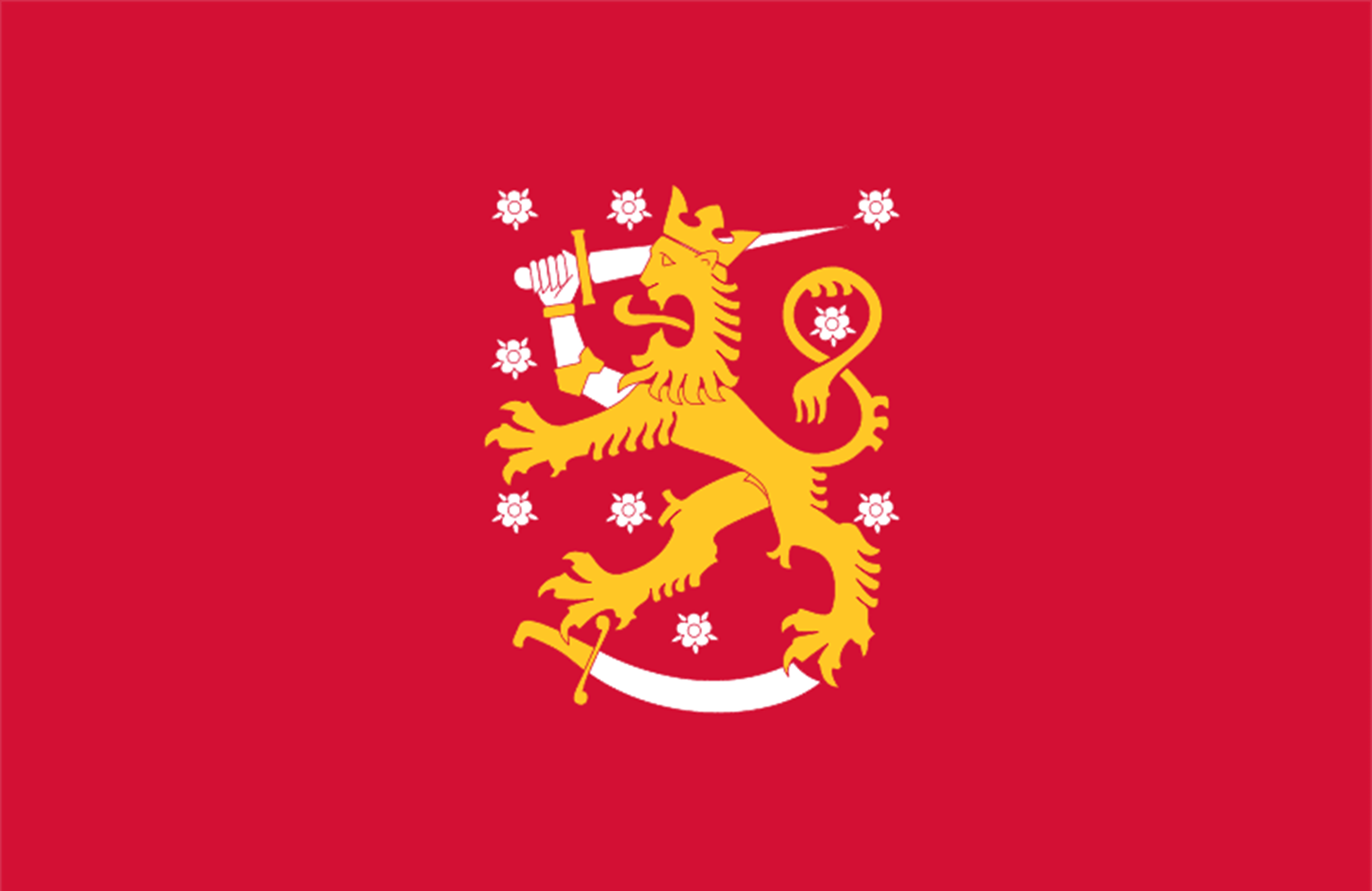
The Finnish Coat of Arms
Following the first Russian revolution of 1917 and the Tsar’s abdication, the Finnish government saw an opportunity to declare the personal union with Russia to be annulled. There was also a window of opportunity after the Bolshevik revolution, whose resulting Soviet government permitted the secession of Russian satellite states. Finland was speedy in its departure from Russian orbit, and for the first time in its long history, it was a true sovereign state. Its new national flag, designed in a competition, was approved in 1918. It was only two years later that the flag received a change, to darken its blue colour. Since 1920, the design of the national Finnish flag has not been amended.
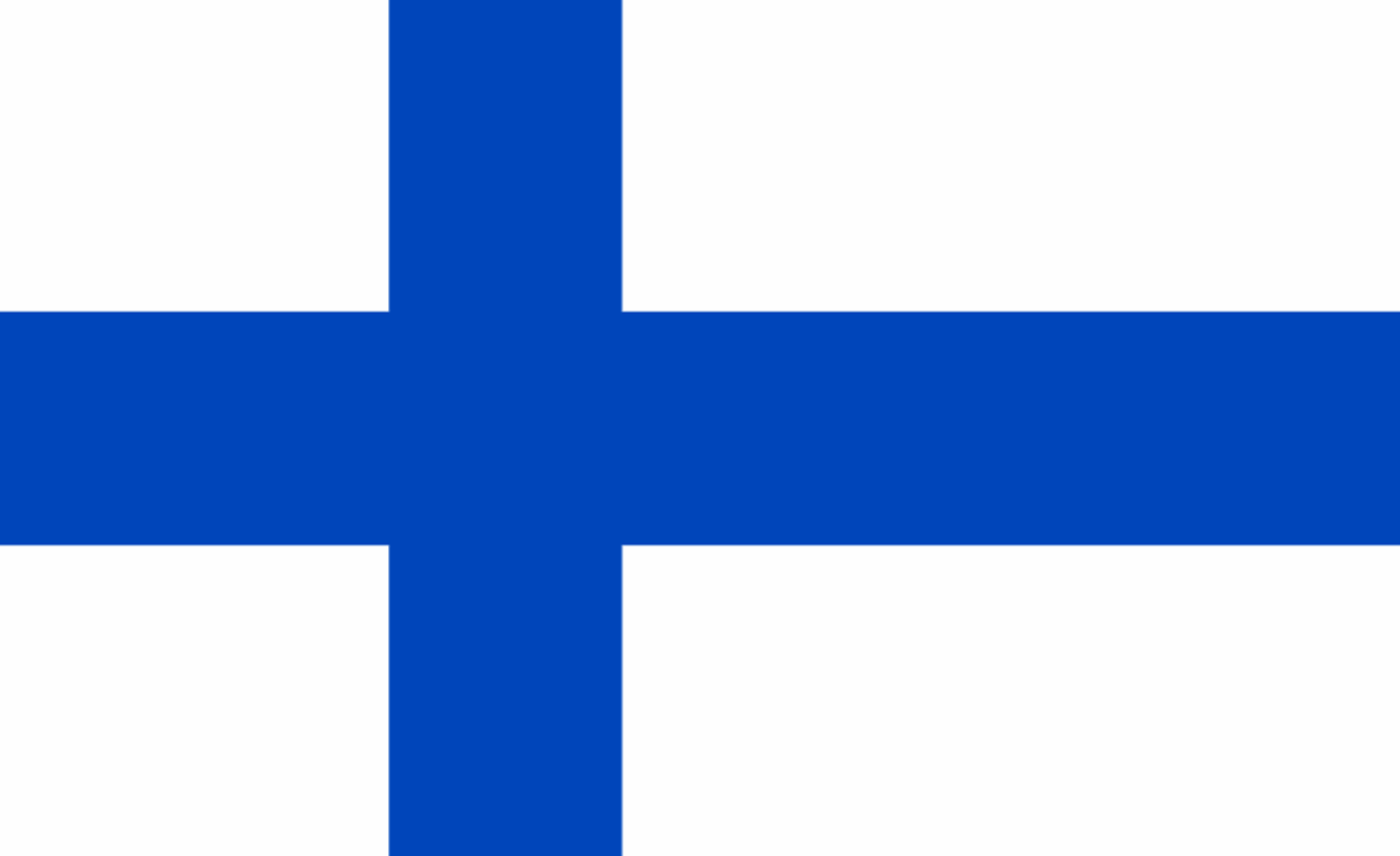
The Flag of Finnish Independence
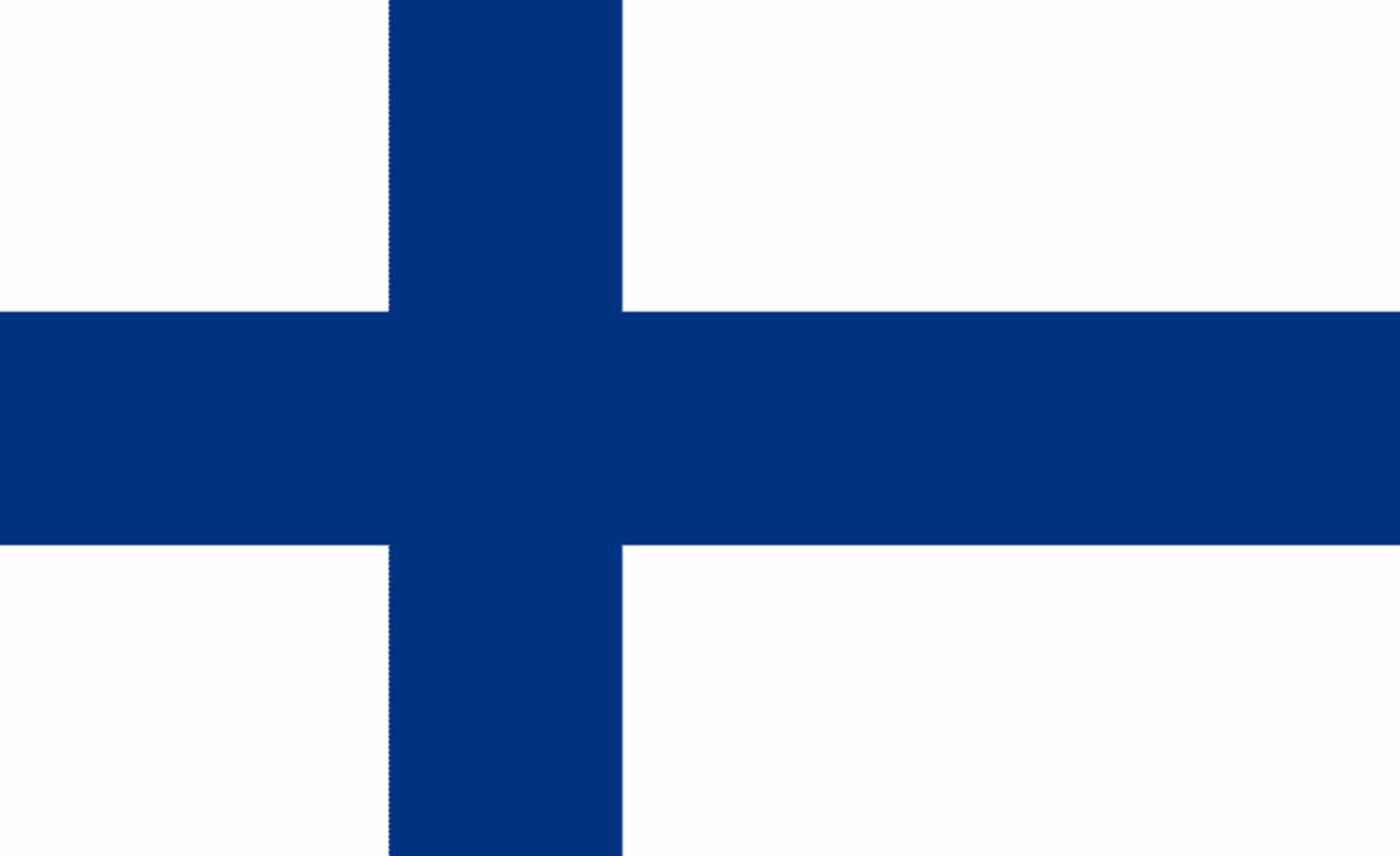
The Flag of Finland
Useful Links
Download Our Brochure
Download our electronic brochure to check out the full range of products we can supply you with.
Download NowContact Us
See a flag you like? We can manufacture any flag design in any size, speak to one of our experts to find out more.
Contact Us
